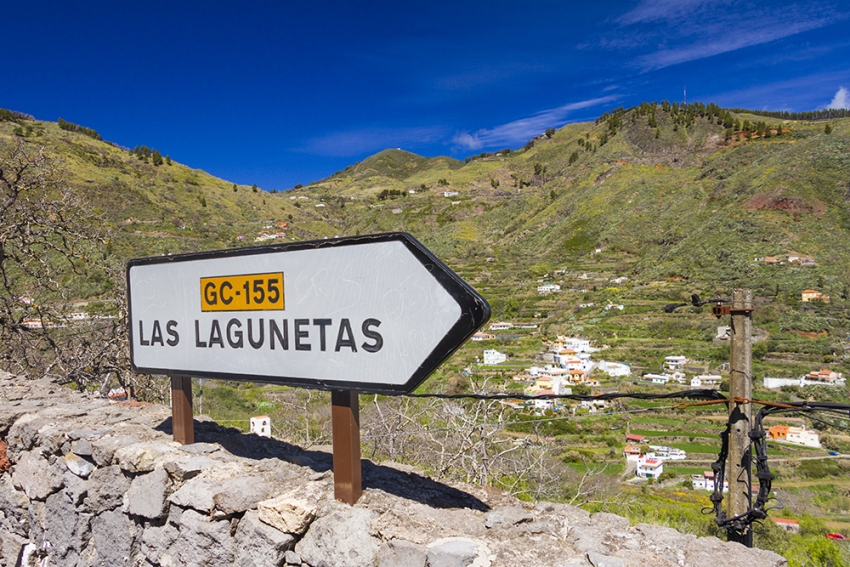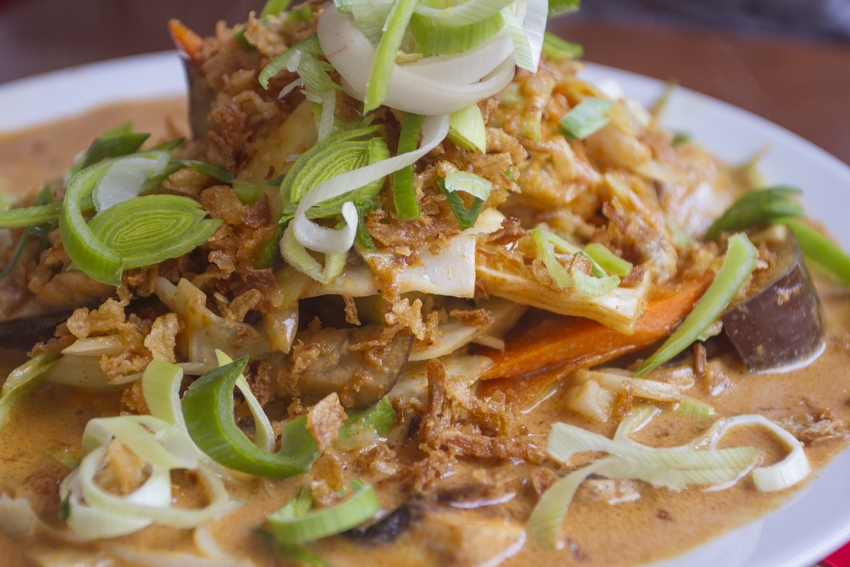Canary Islands Cheese: A Quick Guide To The Best Stuff
Go to any market or even local supermarkets and you find piles of cheese made in the Canary Islands but not all of it is the real deal. Here's how you recognise the good stuff...
The best Gran Canaria and Canary Islands cheese is made from goat and sheep cheese although most of the cheese on sale in supermarkets is a blend of cow and goat or sheep cheese.
If a cheese has a picture of a cow on the label, you know it is a mixture. Or if it says 'mezcla de leche de cabra, oveja y VACA'. This doesn't mean that it won't be nice but it will be blander tasting and with a smoother texture than the proper stuff.
Types of Canary Islands cheese
There are well over 100 cheeseries on Gran Canaria, 500 across the islands, and Canarians love their cheese so much that they eat over 11kg per person every year.
Queso tierno is fresh cheese that hasn't had a chance to ripen. It is pure white and roughly equivalent to Mozarella. It's often served as a starter along with sweet quince or guava jelly, or in salads. Go for a brand like Pajonales (black tub) that is pure goat cheese and has some flavour because queso tierno can be bland.
Queso semi tierno is cheese that has had some maturing time in a cellar or cave. It's still creamy and soft but has developed some flavour and sharpness. Many Canarian cheeses have gofio or pimentón rubbed into the rind during then curing process.
Queso duro or maduro is mature cheese that has plenty of acidity and flavour. It can still be fairly soft but some go rock hard (great for grating over pasta or using to make pesto).
Queso flor is a sheep milk cheese made using thistle sap rather than rennet. It is soft and tastes of grass and socks; a real cheese-lovers cheese. The real stuff is just called flor but you often see semi-flor which uses some rennet and is harder and milder in flavour. Proper flor comes in small wheel only a few centimetres high because it doesn't hold its shape well enough to be bigger or taller. Flor de Guia cheese has its own EU designation of origin and has to be made mostly from local sheep milk fro sheep that roam free to graze. It was first mentioned in 1526!
Queso Majorero is cheese made from goat milk in Fuerteventura. It tends to be drier, spicier and more acidic with a stronger flavour than Gran Canaria cheeeses. Try the maduro or semi curado with the pimentón rind by the Maxorata brand. This is sold in local supermarkets and has won lots of medals at the World Cheese Awards.
Queso ahumado is smoked cheese and is traditionally made on El Hierro island.
Find the best cheese in Gran Canaria
Gran Canaria cheeses tend to be slightly sweet with bitter, herbal notes and small irregular holes. Many are made from raw goat and sheep milk which is quite safe because the Canary Islands are brucelosis-free.
A lot of the tastiest cheeses come from mountain areas like Valsequillo and Tejeda where the goats and sheep get to graze, or at least are fed with fodder harvested on the island.
Local markets are an excellent place to try and buy local cheeses as you always get a nibble before you have to choose. Don't be afraid to say what you like.
"Mas fuerte" means stronger while "mas suave" means milder.
Local shops and delis also allow tasting,as do some supermarket deli counters (although Covid has made this rarer).
No matter where you buy your cheese, try to keep it out of the fridge or at least let it warm up before you eat it. Refrigeration can change the texture of cheese, especially flor de Guía.
Canary Islands cheese for vegetarians
All Canary Islands cheese sold in shops and markets is made with vegetarian-friendly rennet and pure queso flor is made using thistle sap rather than rennet to curdle the milk.
Now There's A Good Reason To Stop In Las Lagunetas
A new cheese, wine and craft shop at Las Lagunetas puts the sleepy highland village right on the Gran Canaria tour map.
Gran Canaria Info recommends:
- Default
- Title
- Date
- Random














